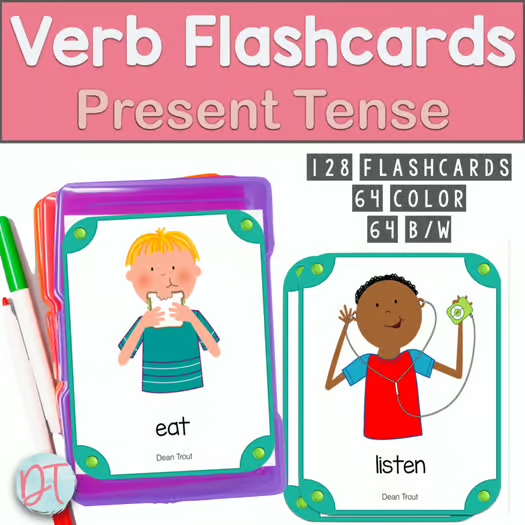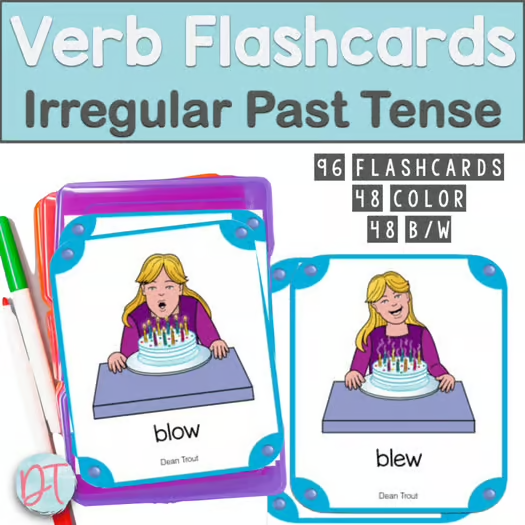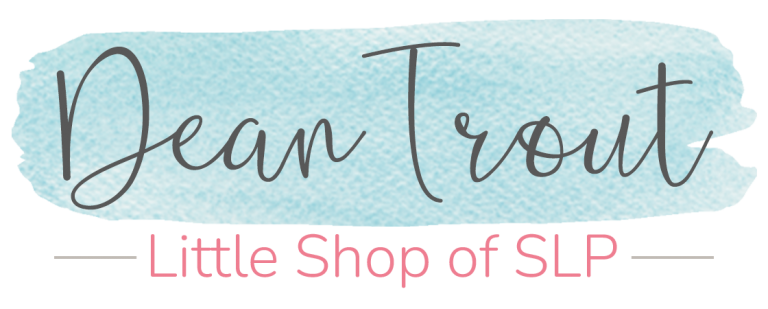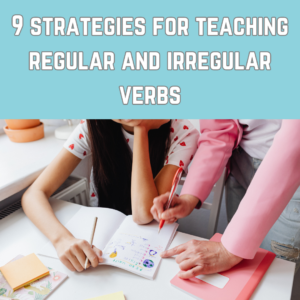In this post we will look at teaching verbs to your younger elementary students. Teaching regular and irregular verbs can be approached using various strategies to make the learning process engaging and effective.
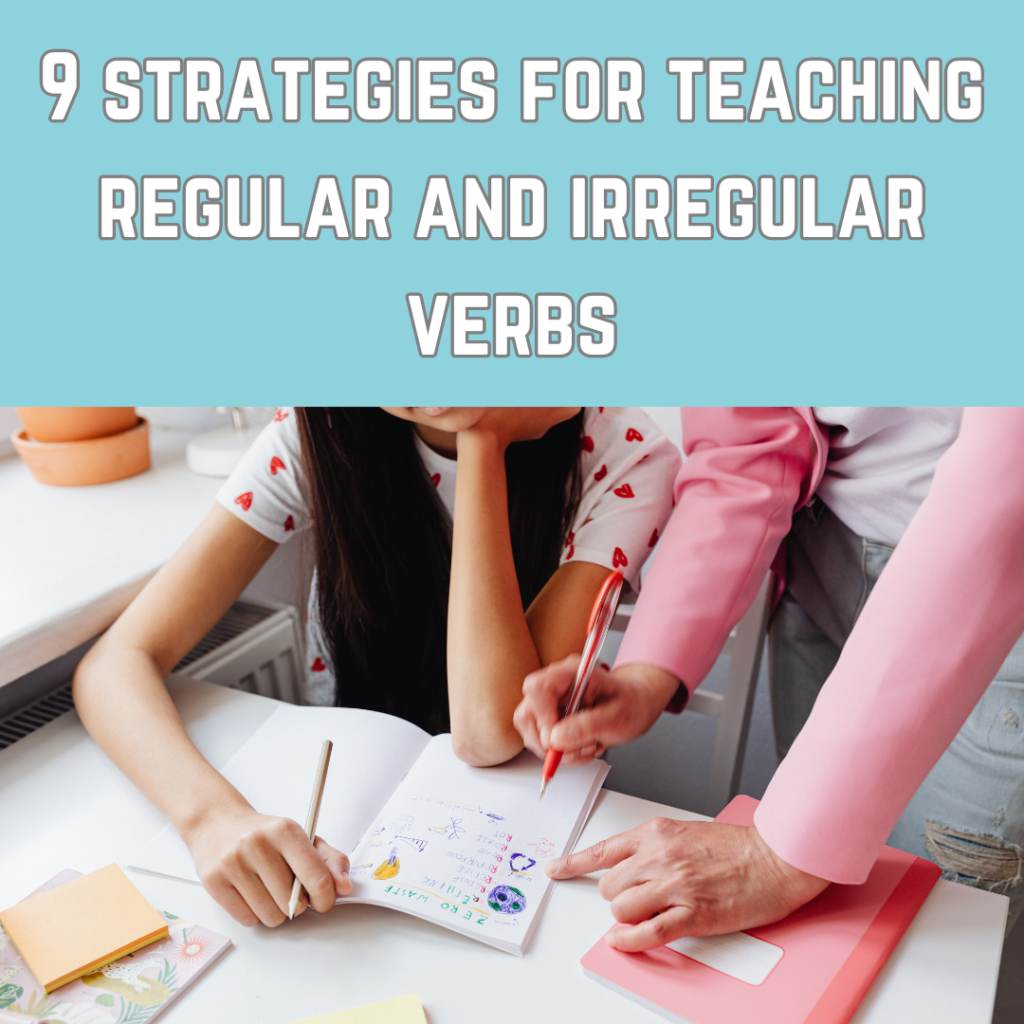
Here are 9 strategies for teaching regular and irregular verbs you may wish to use in your therapy sessions.
1. Introduce verbs in context
Present regular and irregular verbs in meaningful contexts, such as short stories, dialogue, or real-life situations. This helps students understand how verbs are used naturally in everyday language. You can use any deck of language cards or use engaging pictures on the internet and talk about what’s happening in the pictures. Pointing out the type of verbs. Children’s books have a big variety of pictures that can be used for this, too.
2. Categorize Irregular Verbs
Group irregular verbs into categories based on their phonological or morphological patterns. Common categories include verbs that change their base form, vowel changes, verbs with completely irregular forms, or stay the same. This hands on activity can help reinforce and improve recognition.
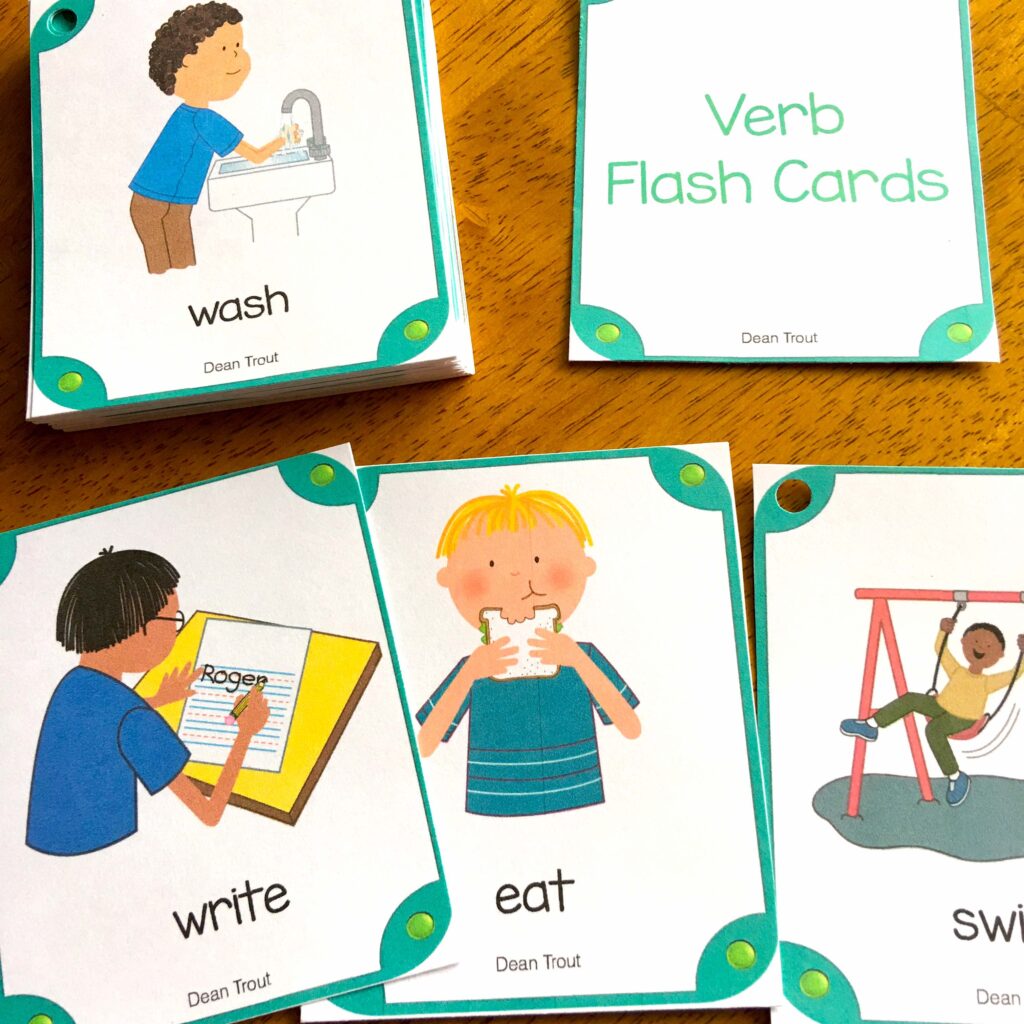
3. Use Visual Aids and Realia
Use charts and posters that highlight regular and irregular verbs with examples, mnemonic devices, create lists, practice with exercises, and engage in regular conversation to reinforce the learning of irregular verbs.
Engaging in regular conversation can be as simple as a quick question to elicit a past tense verb such as what did you do over the weekend? What did you do in art class, PE, on your field trip? And correcting if the past tense form is not used correctly. Since our youngest students don’t make lists they can sort verb pictures into two piles.
4. Memorization and practice
Personally speaking I learned from memorization and practice. Many students find success learning this way. ASHA states that the 10 most common irregular verbs are be, have, do, go, say, see, take, get, can, and will. Begin by giving your students a chart of those 10 most common irregular verbs. List them as present, past and past participle:
say-said-said
go-went-gone
come-came-come
see-saw-see
Work on those until they are learned and then incorporate more words that are appropriate to their age or grade level.
5. Teach regular and irregular verbs together
You can introduce regular verbs first and conduct a few lessons using them before introducing irregular verbs. It will be easier for them to focus on mastering regular verbs before tackling irregular ones.
6. Engage in interactive activities
Incorporate games, activities, and worksheets to make the learning process more interactive and enjoyable for students. this can help reinforce the understanding of regular and irregular verbs.
Why not make it a matching game? Select pairs of regular and irregular verbs, turn them face down and let the student turn over two cards at a time to see if they found the matching pairs (blow/blew).
Play a game of I have, Who has? Select your verb pairs , shuffle them and deal out the deck, then students take turns stating I have (verb) and then asking who has (matching verb). It can be “I have blow who has blew?” Or reversed “I have blew, who has blow?”
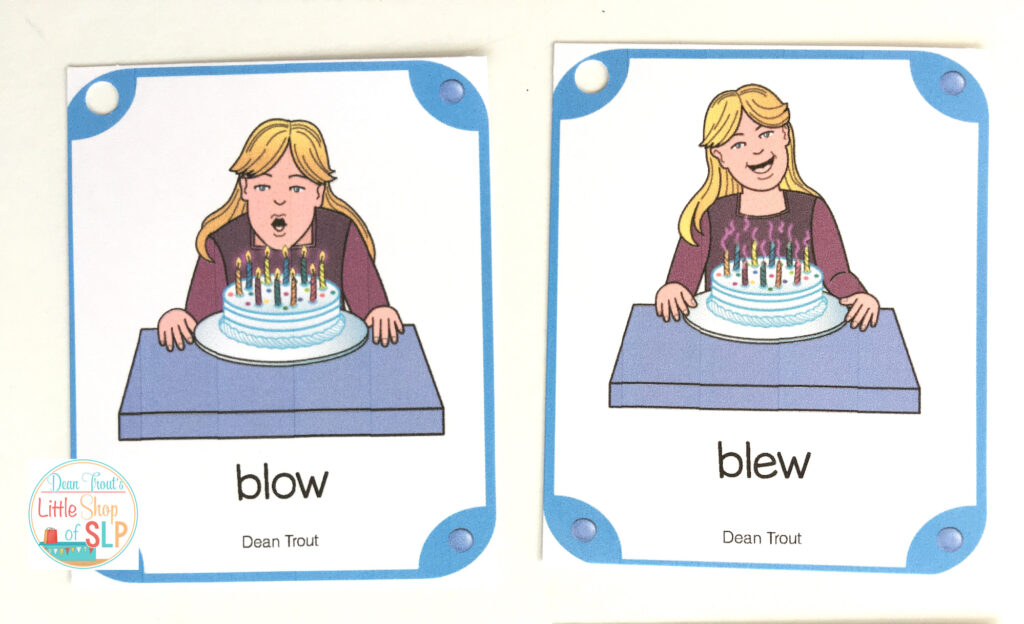
Create your own games!
7. Use past tense activities
Implement lessons that specifically teach students how to use the correct past tense form of regular and irregular verbs. There are many worksheets available online for this.
8. Provide real-life examples
Use everyday speech and writing to demonstrate the use of irregular verbs as they are commonly learned through everyday speech. Have you ever used highlighter tape? This is a great time to use it. Let your students highlight verbs and tell you if they are regular or irregular. Older students can tell you what makes it either regular or irregular and why it would be such.
(You can get highlighter tape at any office supply store or Amazon. I have an affiliate link for Amazon here. If you use it please know that I may get a small commision from the sale.)
9. Regular Reviews
Do periodic checks and reviews of regular and irregular verbs in other activities throughout the year to help your student maintain their skills.
By incorporating these strategies, you can create a comprehensive and engaging learning environment for your students.
Remember, teaching methods will vary based on the specific needs and learning styles of your individual students, so it is important to adapt these strategies to meet their needs.
Specific verb resources in my TPT store:
